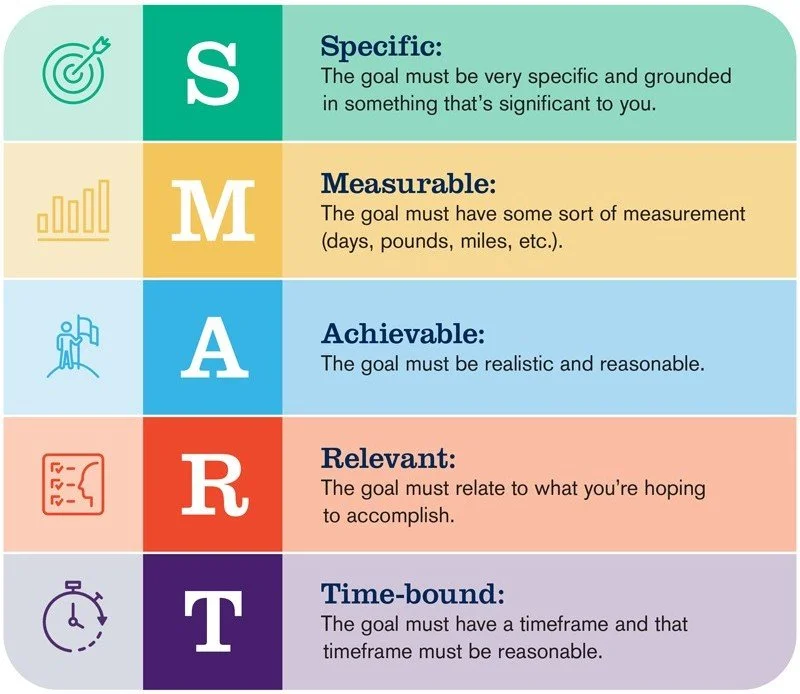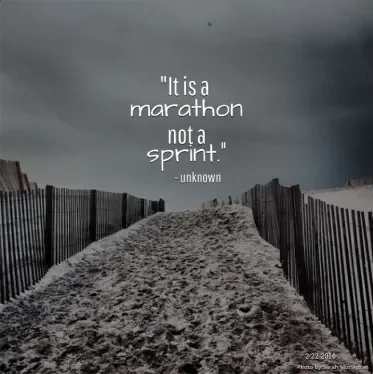BLOGS
What to Do When Your Recovery Isn’t Going as Planned
You’ve been putting in the work (i.e. stretching, strengthening, doing your exercises) and yet something feels off. Maybe your pain flared up, your progress stalled, or you even felt like you took a step backward.
If that sounds familiar, you’re not alone. Recovery is rarely a straight line, especially for active adults and athletes dealing with musculoskeletal issues like back pain, tendinopathy, shoulder injuries, or post-surgical rehab. Setbacks happen for many reasons and understanding why is key to getting back on track.
Pain-Free Lifting: How to Protect Your Joints in Strength Training
Strength training is one of the best things you can do for your body. It helps you build muscle, strengthen bones, boost metabolism, protect your joints, and it’s safe for most people when the program and technique are right. But, without proper form or recovery, lifting can do the opposite and cause pain or long-term damage. As a Doctor of Physical Therapy, I often see patients who love to lift but start developing shoulder, knee, or back pain. The good news? Most of these issues are preventable with the right approach
The Benefits of Working with a Doctor of Physical Therapy
When most people hear the term physical therapy, they think of exercise after an injury. While that’s true, working with a Doctor of Physical Therapy (DPT) goes far beyond simple rehab. A DPT is a licensed healthcare professional who has gone through years of advanced training to help people move better, recover faster, and avoid future injuries.
Office Posture: Protecting Your Body While You Work
Do you spend your 40-hour work week tied to a desk and chair? If so, you’re like many Americans. The downfall of computer-based work is the compromise it subjects the body to. We’ve all seen headlines about the cardiovascular risks of prolonged sitting, but the musculoskeletal toll often goes overlooked.
Rehabbing a Rotator Cuff Injury: What You Need to Know
Whether you're an athlete, a gym-goer, or someone who just reached awkwardly into the back seat rotator cuff injuries are one of the most common causes of shoulder pain. And while some cases may require surgery, most rotator cuff injuries can be successfully treated with physical therapy.
How to Overcome the Mental Blocks After Injury
Recovering from a physical injury is hard enough, but what often gets overlooked is the mental recovery that comes with it. Fear of reinjury, loss of confidence, anxiety about performance, and even identity challenges can all become obstacles long after your body has healed.
These mental blocks are common and valid, but they don’t have to hold you back forever.
How to Manage Knee Pain from High-Impact Activities
If you love high-impact activities like running, jumping, CrossFit, martial arts, or competitive sports, you probably know what knee pain feels like. For some, it’s a dull ache after a long run. For others, it’s a sharp pain that flares up during squats, box jumps, or takedowns. While high-impact training can keep you strong and conditioned, it also puts a lot of stress on your knees - especially if there are weak links elsewhere in your movement chain.
As a physical therapist, I want you to know that you don’t have to live with knee pain or stop doing what you love. The key is managing your pain smarter, not just “pushing through it.”
Creating an Injury Recovery Plan: Why Tailoring Matters
No two bodies are the same and neither are injuries. Yet too often, injury recovery is treated like a “one-size-fits-all” process: generic rest, generic stretches, and a handout full of exercises that may or may not apply to your situation.
At Tualatin Valley Physical Therapy, we take a different approach: every injury recovery plan is individually tailored to the person in front of us. Why? Because a plan that’s not personalized won’t give you the best chance at healing fully or staying injury-free long term.
Let’s explore why tailoring your recovery plan matters and how a personalized approach leads to better outcomes.
Are You Running Efficiently?: Understanding Your Running Mechanics
Running is one of the easiest and most popular ways to exercise. All you really need is a pair of shoes and a place to run, whether it’s on a road, a trail, or a treadmill. But have you ever wondered if the way you run could be causing you pain or even lead to injury? At Tualatin Valley Physical Therapy, we offer running analyses to help you improve your form and run with less discomfort.
Should You Train Through Pain? A PT’s Perspective
If you're an athlete, CrossFitter, runner, martial artist, or just someone who loves to move, you've probably faced the question: “Should I push through this pain?” It's a common dilemma, and as a physical therapist, I hear it almost every day.
The answer isn’t always black and white. Pain is complex, and not all pain means damage. In some cases, continuing to train is perfectly safe and even beneficial. In others, pushing through pain can prolong or worsen an injury.
Carpal Tunnel Syndrome: What It Is and How Physical Therapy Can Help
Chances are, you’ve heard of carpal tunnel syndrome, or maybe you’re experiencing it yourself. That familiar tingling or numbness in your fingers, the wrist pain that flares up at the keyboard, or the hand that suddenly feels weak and clumsy? That’s not something to brush off. It could be carpal tunnel syndrome (CTS), and if left untreated, it can lead to chronic discomfort or even long-term nerve damage.
The good news? You can often manage and recover from carpal tunnel syndrome without surgery, and physical therapy plays a major role.
PT for Runners: Keeping Your Body Injury-Free
Running is one of the most accessible and rewarding forms of exercise, but it also places repetitive stress on your joints, muscles, and connective tissues. Whether you’re training for your first 5K or a seasoned marathoner, physical therapy (PT) can play a crucial role in keeping you injury-free, improving performance, and extending your running career.
Understanding Orthopedic PT: When and Why You Need It
Orthopedic physical therapy (PT) might sound like something only athletes or post-surgical patients need, but the truth is that almost everyone can benefit from it at some point in their lives.
If you’ve ever dealt with joint pain, muscle strains, limited mobility, or injuries from daily life, workouts, or accidents, then orthopedic PT is designed for you.
Let’s break down what orthopedic physical therapy actually is, what conditions it treats, and when you should consider seeing a PT.
Managing Lower Back Pain Without Surgery or Medications: A Conservative Approach
Lower back pain is one of the most common reasons people seek medical care, yet many find themselves facing a maze of treatment options, from surgery to medications, that may not address the root of the problem. Fortunately, a growing body of academic research supports conservative care methods that focus on active self-management, physical therapy, and lifestyle modifications as safe and effective alternatives.
How to Recover Faster and Stronger from ACL and Meniscus Injuries
Recovering from ACL (anterior cruciate ligament) and meniscus injuries can be a challenging journey, but with the right approach, you can return to your activities stronger than ever. Physical therapy plays a critical role in the recovery process, and there are also steps you can take independently to aid your rehabilitation. At Tualatin Valley Physical Therapy, we specialize in personalized care that supports you every step of the way. Here's how you can recover faster and stronger.
Functional Recovery vs. Symptom Management: What’s the Difference?
At Tualatin Valley Physical Therapy, we often hear from patients who are unsure about the difference between simply managing pain and truly getting back to their best. Today, we’ll break down two key approaches in physical therapy (symptom management and functional recovery) and explain why our focus on long-term gains and real functionality sets us apart.
Rehabilitation Milestones: How to Know You’re on Track
Recovering from an injury or surgery can feel like a long, uncertain journey. However, understanding key rehabilitation milestones can help reassure and motivate you along the way. Research shows that setting and tracking progress markers improves patient engagement and leads to better outcomes.¹ At Tualatin Valley Physical Therapy, we focus on measurable recovery signs to ensure you're on the right path.
Setting SMART Goals for a Strong Recovery and Beyond
Recovering from an injury isn’t just about healing, it's about rebuilding strength, mobility, and confidence in a way that sets you up for long-term success. One of the most effective ways to stay focused and motivated during rehabilitation is by setting SMART goals. At Tualatin Valley Physical Therapy, we help our patients use this powerful method to take ownership of their recovery and achieve meaningful, lasting results
Why Patience is Key in PT Recovery
In a world of quick fixes and instant gratification, it’s easy to feel frustrated when recovery doesn’t happen overnight. But when it comes to physical therapy, patience isn’t just a virtue, it’s a crucial part of the process. Whether you’re recovering from surgery, healing a chronic injury, or working through everyday aches and pains, the road to recovery is rarely linear. There are good days and bad days, breakthroughs and setbacks. But the key to lasting results? Consistency and patience.
How Cash-Based PT Enhances Your Healthcare Experience
Navigating the complexities of the US healthcare system, especially the convoluted world of health insurance, can be frustrating and time-consuming. With countless insurance providers and plans, each with their own rules and restrictions, patients and providers are often caught in a web of administrative tasks. Despite the hundreds of billions of dollars spent annually on these administrative costs, patients are frequently left to decipher their own benefits, adding to the confusion and burden.




















